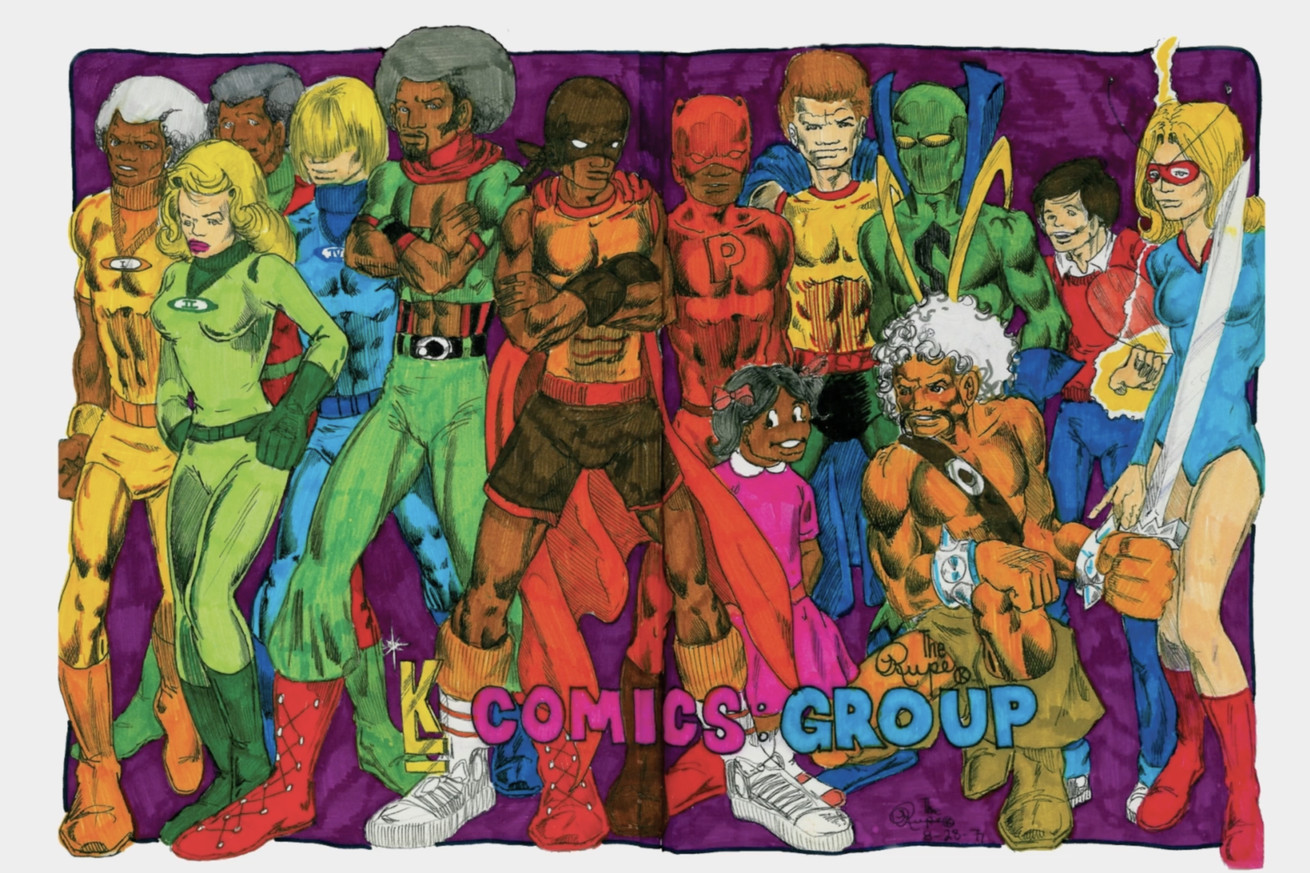
No Straight Lines celebrates the radical queer artists who dared to change the face of comics
While there’s still much progress to be made when it comes to queer comics representation, it isn’t very hard to find lesbian, gay, bisexual, and transgender characters saving the world, falling in love, or simply existing in graphic novels these days. In fits and starts, mainstream and indie publishers alike have come to embrace queer stories, and the comics space as a whole is more vibrant for it. This hasn’t always been the case, though, and documentarian Vivian Kleiman’s No Straight Lines wants us to understand how the queer comic books of today wouldn’t exist if it weren’t for the radical creators of the past who changed history with their art and voices.
Inspired by editor Justin Hall’s 2013 Fantagraphics anthology by the same name, No Straight Lines chronicles the origins of the underground queer comics movement that began to blossom in the 1970s and spotlights five of the pioneering artists whose work played pivotal roles in popularizing queer comic book storytelling as an art form.
Obviously, it’s not that lesbian and gay people weren’t making art about and for themselves before the ‘70s. For years before queer comics really became a thing, artists like Touko Valio Laaksonen — best known pseudonymously as Tom of Finland — George Quaintance, and Dom Orejudos had been titillating the public with homoerotic illustrations featured in men’s fitness magazines. But No Straight Lines details how people like Come Out Comix creator Mary Wings and Rupert Kinnard — the cartoonist who created the first Black, openly gay superhero — were some of the first people to recognize how underground comix presented a unique opportunity for queer people to create their own stories.
Built around a series of interviews with Wings, Kinnard, Dykes to Watch Out For cartoonist Alison Bechdel, Gay Comix editor Howard Cruse, and Rude Girls and Dangerous Women creator Jennifer Camper, No Straight Lines paints a picture of how restrictive cultural forces like the Comics Code Authority inspired a generation of rebellious artists to independently make books of their own featuring subject matter that couldn’t be printed anywhere else.
As rooted in defiance as those early edgy indie comics were, the small industry still overwhelmingly catered to the tastes of the straight, cisgender creators and readers who were already accustomed to seeing themselves and people like them on the page. But the underground scene also created a space where it was possible for queer artists to exist in their fullness and to tell stories about love and life that spoke to their own experiences as complicated, multifaceted people.
Though No Straight Lines is very much a celebratory tribute to each of the trailblazing artists it features, it is very careful to frame their individual stories and the genesis of underground comix as important pieces of a larger queer history. The documentary illustrates how, through their art, creators of queer comics have been able to help countless people feel a sense of community at times when it was all but impossible to be openly queer. But it also hammers home how the creation of each of these deeply personal, heartfelt comics was also a powerful political act challenging the publishing status quo and pushing readers to grapple with the realities of a rapidly changing and more inclusive society.
After years of making the rounds on the film festival circuit, No Straight Lines is finally debuting as part of PBS’s Independent Lens series tonight at 10PM ET.

